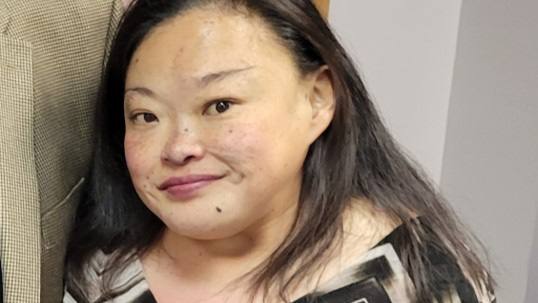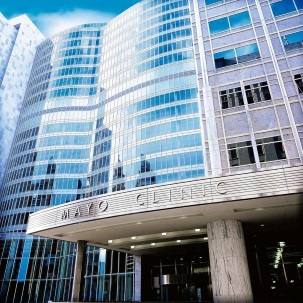Cardiology Patient Stories

December 30, 2022
Jada Lang knew something wasn't right. But she had no idea that she was as sick as she was. Jada is among the more than[...]

September 25, 2009

September 23, 2009

September 21, 2009

September 18, 2009

July 23, 2009

June 26, 2009

June 19, 2009

June 9, 2009

May 28, 2009

May 9, 2009

April 14, 2009
Explore more topics
 Sign up
Sign up

Mayo Clinic Connect
An online patient support community
